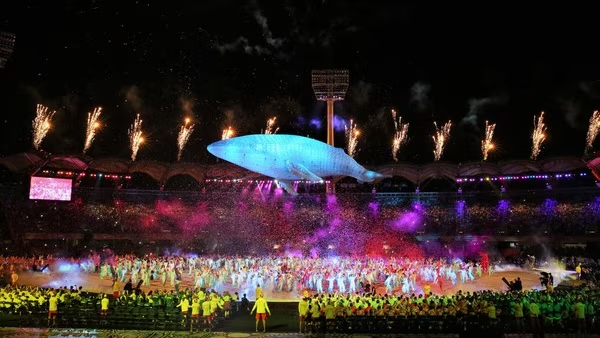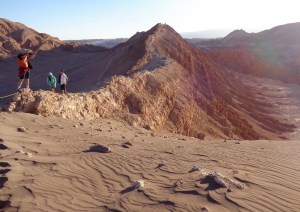What can be learned from previous Games experiences? An article in ABC News discusses a report by Queenslanders with Disability Network (QDN) titled Game Changers. The report examined five past sporting events to see what can be learned from them. Employment of people with disability is a key focus of this report.
The Brisbane 2032 legacy committee chair Grace Grace said she’s committed to creating a “transformational legacy” for people with a disability. Image from the Gold Coast Commonwealth Games opening ceremony.

The Game Changers report analyses past sporting events and the legacy they left behind. There were many missed opportunities to create a positive legacy for people with disability. Plans need accessibility and inclusion embedded now, not one year before the event.
The Gold Coast Commonwealth Games was the largest para-sport program in Games history. However, there were many issues for athletes and spectators with disability. One of the main issues was the lack of accessible transport and venues. Volunteers and staff lacked appropriate training. Their language and implied indifference disregarded human differences.
The Commonwealth Games did create more accessible infrastructure and tourism. Athletes with and without disability were also competing side-by-side in events. This meant that their was equitable treatment on and off the field.
Employment
Legacy planning for inclusive employment means involving people with disability in the early planning. Media presenters and journalists with disability are capable of working on both Olympic and Paralympic Games.
The report has three recommendations for the employment of people with disability so that by:
2028: Foundations laid to improve employment outcomes during the Games.
2032: the Brisbane Games have set and achieved clear and measurable targets for employment, procurement, and volunteering.
2042: more opportunity for meaningful employment within a connected and supportive employment ecosystem.

The title of article is, How Brisbane’s 2032 Olympic and Paralympic Games can learn from the past to create a legacy for people with a disability.
















